California Terminated Gerrymandering. The U.S. Supreme Court Should Too.
It’s been just over 10 years since I teamed up with then-California Governor Arnold Schwarzenegger to terminate gerrymandering in California. We were an unlikely duo – more like Twins than Terminator – but we shared a common sense of outrage that politicians were drawing the lines of their own legislative districts to entrench their power and subvert real democracy.
We worked together in 2008 and 2010 to champion two ballot initiatives asking California voters to create a commission of ordinary citizens to draw the lines instead of self-interested politicians. California voters agreed. More than 30,000 people applied and we found 14 impartial commissioners to hold 100 meetings and draw congressional and legislative districts that reflected the will of the people.
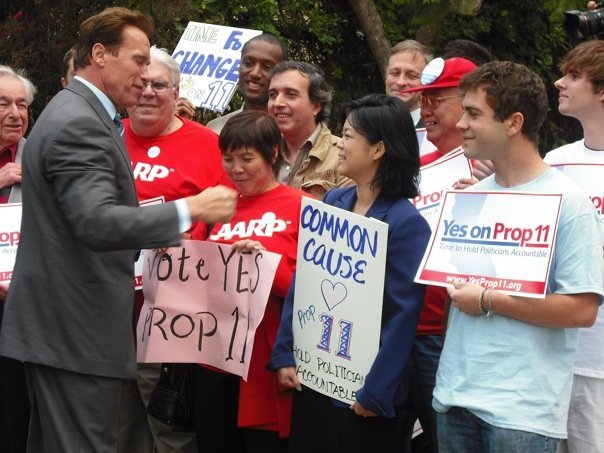
But that was just the beginning of the redistricting revolution. Voters across the country who are dissatisfied with their options and feel the government is not responsive to their needs know gerrymandering is a big reason why – and they are rising up. In the last year, voters in five states—Colorado, Michigan, Missouri, Ohio and Utah—passed ballot measures reforming their redistricting processes. Michigan’s Voters Not Politicians measure stemmed from an all-volunteer movement inspired by a young woman’s Facebook post.
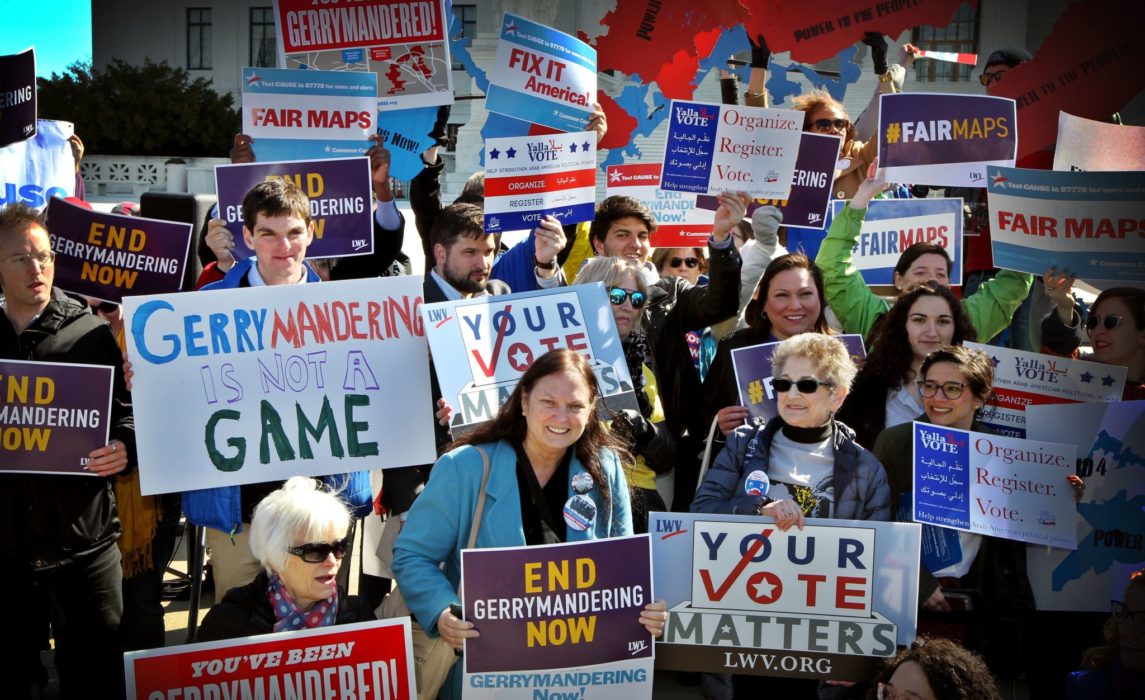
More than a dozen states use greater checks and balances in redistricting, including seven states that entrust congressional redistricting to a citizen commission. The strongest reforms happen in states where people have the power to vote on laws and constitutional amendments. But the sad fact is that less than half of states give voters that power.
That’s why an upcoming Supreme Court decision on two partisan gerrymandering cases will be so important. The Supreme Court has a historic opportunity to rule that gerrymandering is illegal and unconstitutional, and set a national standard for all states to follow.
By the end of June, the Supreme Court will rule on two cases – one from North Carolina called Rucho v. Common Cause and one from Maryland called Lamone v. Benisek. The villains are a different, but the crimes are the same. Politicians said they wanted to draw partisan maps and did so with statistical precision.
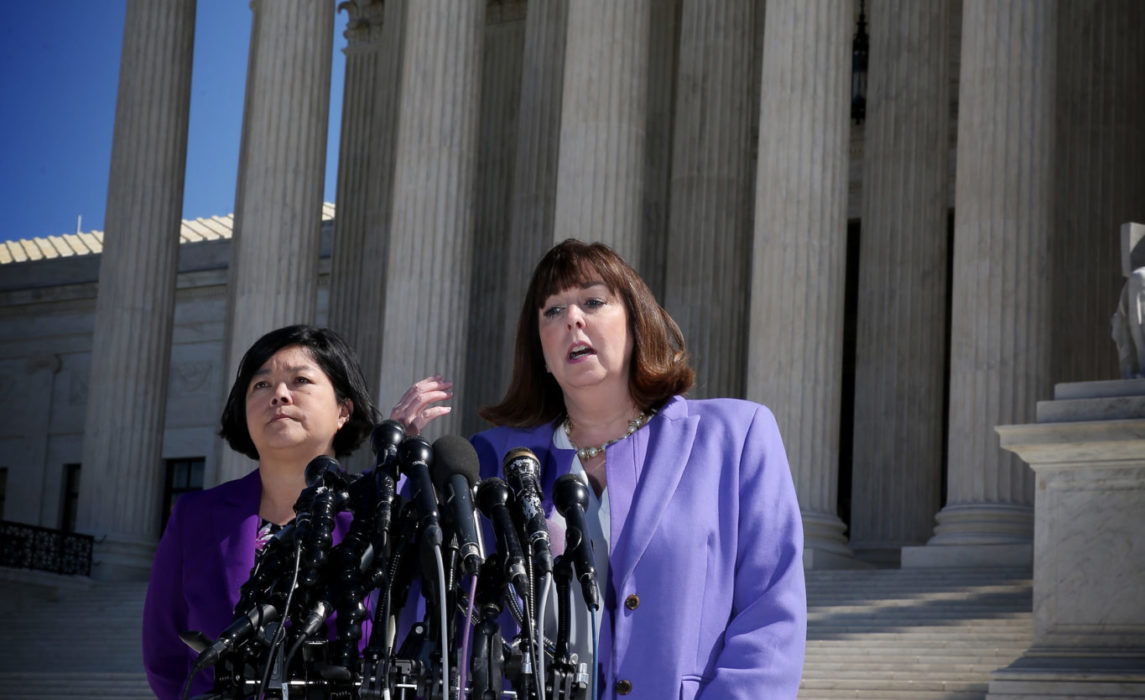
In Maryland, Democrats conspired to draw a map that turned a traditionally Red congressional seat Blue by linking DC suburbanites with rural farmers. In North Carolina, a deeply Purple state, the Republican map-drawer admitted he “packed” as many Democrats as possible into three overwhelmingly Blue districts and then “cracked” the remaining Democrats from cities like Greensboro and Asheville across 10 districts that were drawn to be solidly Republican. In a state split 50-50 between Republicans and Democrats, the 10-3 GOP skew in House seats has been locked in for the past decade.
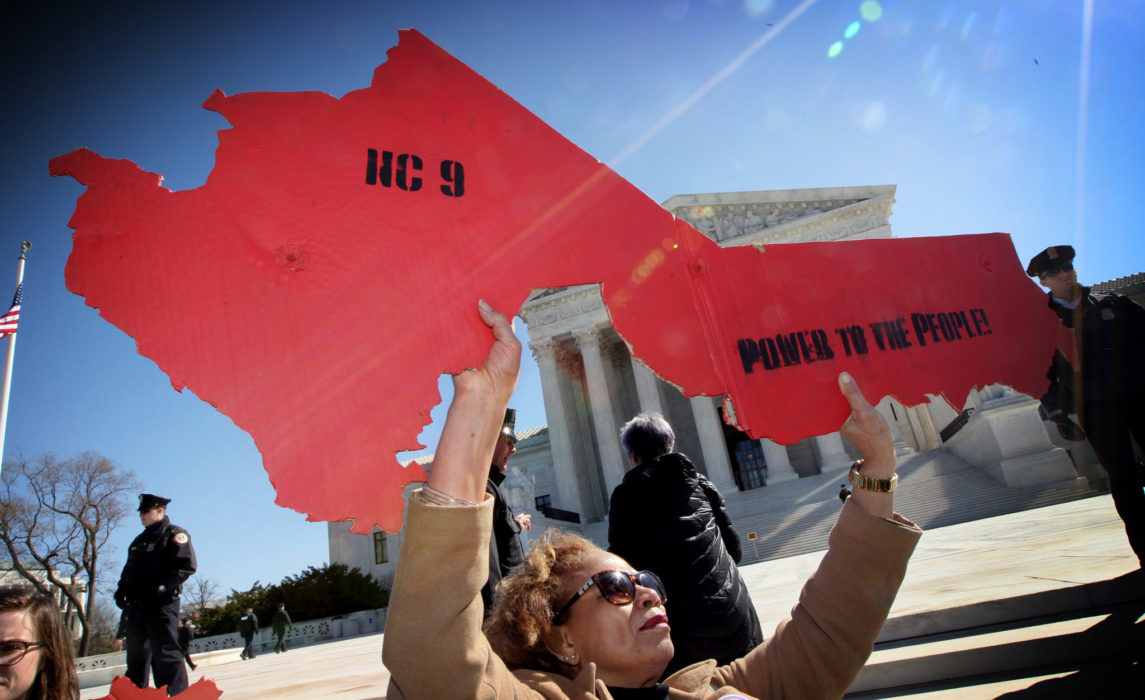
In a signal that people’s voices and votes matter, these gerrymanderers found themselves on the losing end of district court challenges. U.S. District Judge James K. Bredar declared that Democratic gerrymandering in Maryland was “noxious, a cancer on our democracy.” Ruling on North Carolina’s Republican-designed legislative map, Judge James J. Wynn of the U.S. Court of Appeals for the 4th Circuit wrote that its “invidious partisanship runs contrary to the Constitution’s vesting of the power to elect representatives in ‘the people.’”
With two egregious examples of gerrymandering – one Republican and the other Democrat – I believe the nine Supreme Court justices will agree with what we think is a powerful constitutional argument: Politicians who draw district maps to advantage their party limit voters’ speech and violate the First Amendment.
We can’t let gerrymandering turn our government into the Russian Politburo. Our representative democracy should be based on giving people a real choice in choosing who represents us, and elections where politicians must work hard to earn our votes every single time they run.
When we kickstarted the redistricting reform movement a decade ago, I was a warrior-mom fighting for voting rights. It took a broad coalition of Democrats, Independents, Republicans – and the Terminator himself – to wrestle the power to draw maps away from California politicians and give it to ordinary people. We were united in our belief that our elections only matter if the rules are not rigged.
Redistricting reform is not just a Democratic issue or a Republican issue. It’s a challenge that people of all political stripes are rallying behind. And it’s time for the Supreme Court to say “Hasta la vista, gerrymandering.”
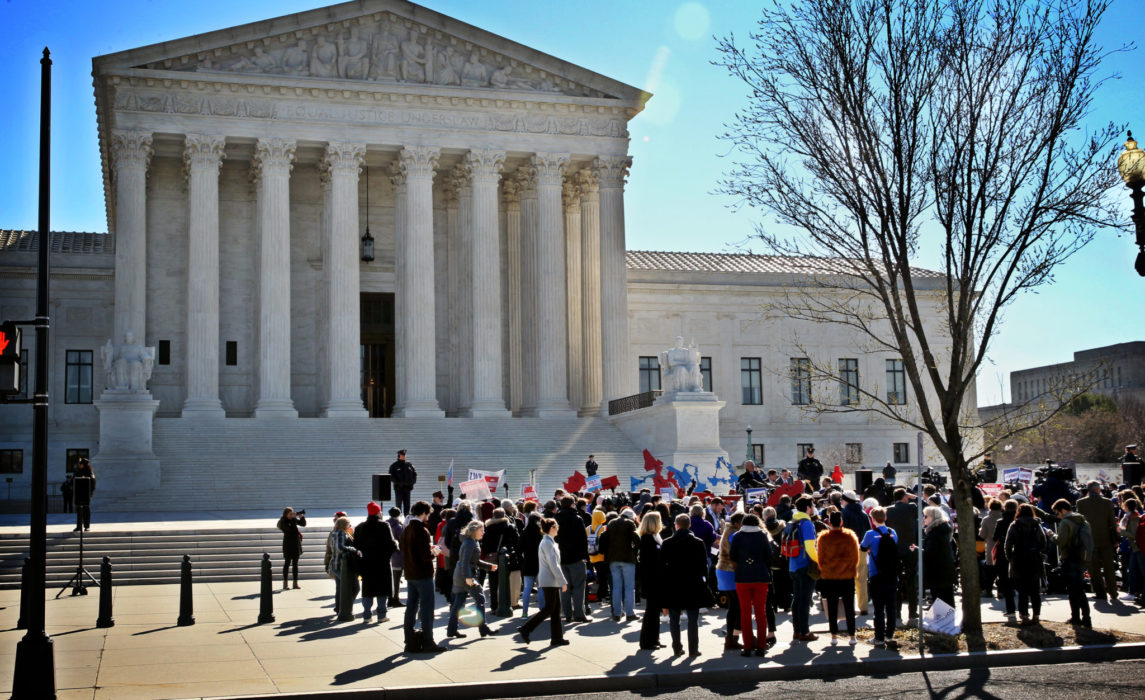
You Can Help Terminate Gerrymandering
Kathay Feng is the national redistricting director for Common Cause, the lead plaintiff-appellee in Rucho v. Common Cause. She drafted the California initiative to create a citizen redistricting commission and, with a strong bipartisan coalition, passed this landmark reform.